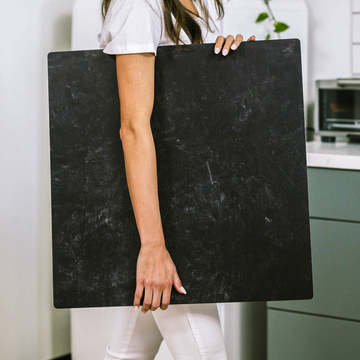Lay flat photography is everywhere-think of those irresistible overhead shots that capture products, props, and a certain kind of everyday magic. But while these images may look perfectly two-dimensional, the best ones offer a sense of depth and realism that keeps us coming back. If you've ever wondered how some flat lays manage to leap off the screen, the secret lies in layering, light, and a subtle twist of the camera. Let’s pull back the curtain on the techniques that give lay flat photography its real impact.
Why "Flat" Shouldn’t Mean Boring
True lay flat photography can do so much more than provide a tidy overhead point of view. The danger is that with everything arranged at the same height and shot straight down, your image can easily end up looking dull or lifeless. To avoid this, professionals use depth to breathe life into their flat lays-making even simple setups feel dynamic and inviting.
The Art of Invisible Layering
Want your hero product to stand out and your props to feel tactile? It’s all about layering.
- Use micro-risers: Slide thin white foam board, acrylic blocks, or small wooden pieces underneath key items. Even a few millimeters of lift can add subtle, natural-looking shadow.
- Mix textures: Place different materials-ceramics, fabrics, glass-next to each other, so their shadows and edges remain distinct.
- Create intentional hierarchy: Lift your main product slightly higher than background props to draw focus and gently anchor it with a hint of shadow.
These small moves are almost imperceptible in the finished photo, but the difference in depth and separation is profound.
The Micro-Angle Advantage
Here’s a pro tip: you don’t always need to shoot straight down. In fact, tilting your camera by just 2-10 degrees can make a big impact. This is known as working with a micro-angle.
- Reveal object faces: Those few degrees allow the side or rim of your products to catch the light, making them feel real and touchable.
- Dynamic shadows: Even a slight camera tilt changes the direction and length of shadows, giving your layout a sense of space and depth.
- Show texture: Surfaces and materials pop more, helping customers understand exactly what they’re looking at.
So next time you set up, try unlocking your tripod and just slightly lowering the camera angle while keeping focus on your main subject. The subtle difference may surprise you.
How to Energize Your Next Lay Flat
- Prep your surface: Start with a clean, matte background-Replica Surfaces work great for this.
- Add risers: Gather thin supports like foam core or acrylic and place them securely under select items.
- Style with light and shadow in mind: Arrange your scene so each item’s shadow supports, not confuses, the layout.
- Slightly tilt the camera: Move just a few degrees off perpendicular and ensure your focal point stays sharp (a smaller aperture will help).
- Refine with reflectors or gobos: Use white cards to fill or black cards to deepen shadows, keeping your image balanced.
The Science Behind the Technique
Our brains love depth cues-shadows, angles, and gradients tell us what’s real and touchable. Product images that use these cues make shoppers feel like they can reach in and pick up the object, which means more engagement and stronger brand trust. Whether you’re a solopreneur photographing handmade goods or a business owner revamping your catalog, these micro-techniques can level up your flat lays instantly.
Challenge: Compare Your Results
Try shooting your next scene as a classic flat lay, then again using layering and a subtle angle. Place the images side by side. You’ll notice the second image feels more dynamic, intentional, and ready for your customers' attention.
Ready to Upgrade Your Photography?
Flat lay photography is just the entry point. By embracing invisible layering and micro-angles, you’ll bring your products to life in ways you may not have thought possible. Want to see visual examples or get recommendations for layering materials and light modifiers? Let me know-I’m happy to dive even deeper!
For more tips, check out related articles below:
- Choosing the Right Risers for Lay Flat Depth
- How Light Modifiers Affect Texture in Overhead Photography
- Focus Stacking in Lay Flats: When and How?
Keep experimenting, stay creative, and watch your lay flats come to life!



